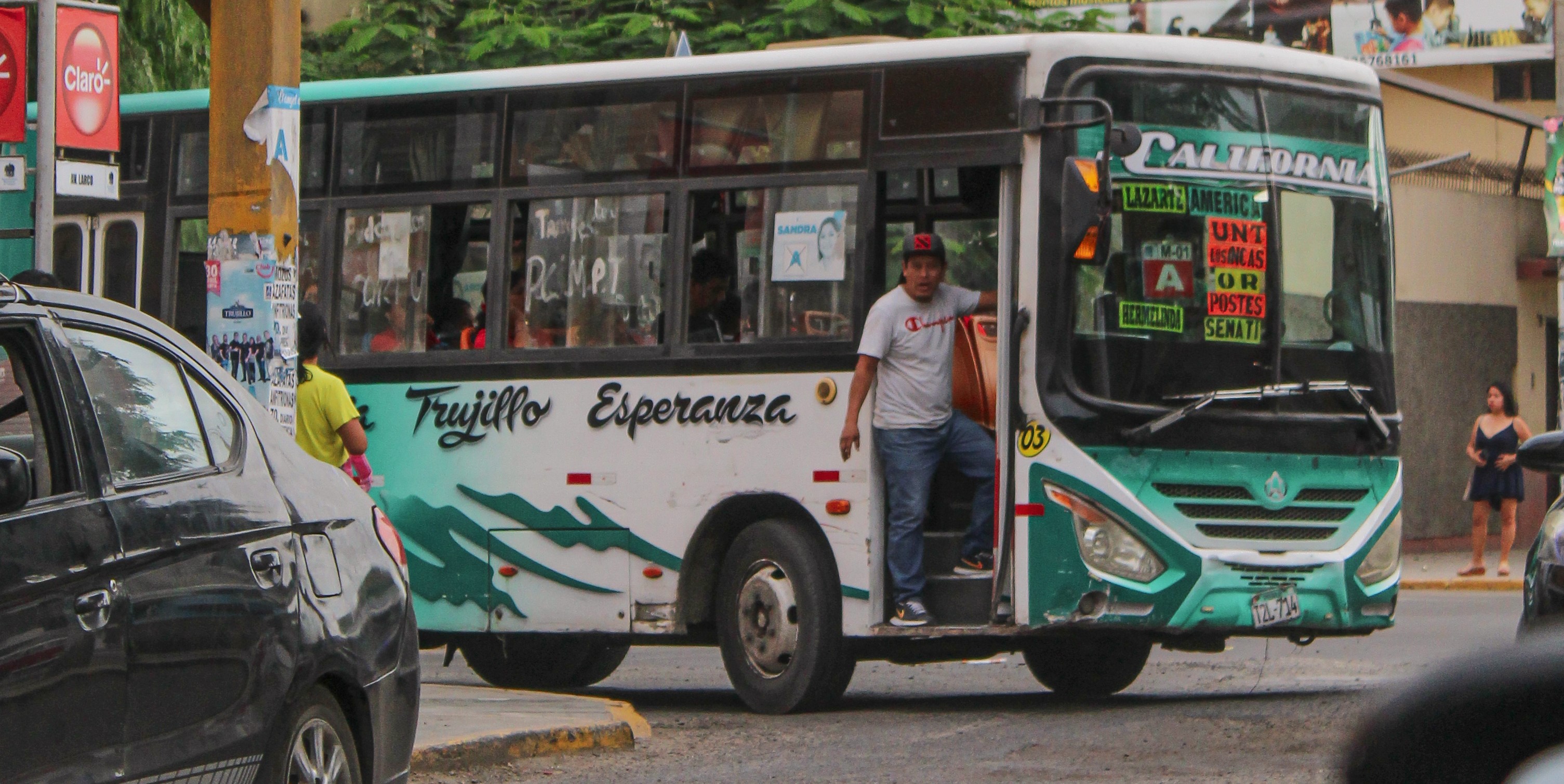Trujillo's Sustainable Urban Mobility Plan: A Path towards a Greener Future

Credit: Réka Aguilar
Transportation Landscape and urban challenges
Trujillo, the vibrant capital of La Libertad in northern Peru, has recently emerged in the spotlight as a pioneer in sustainable urban mobility. With a population of 962,369 spread across 1,769 km2, the city faces transportation challenges that have spurred innovative solutions. With a baseline motorisation rate of 166.7 vehicles per 1000 inhabitants and annual transport emissions per capita of 12,391.41 kg CO2eq, Trujillo was forced to rethink its urban model.
The critical factors influencing the aforementioned situation include the non-inclusive, inefficient public transport with low capacity, the limited infrastructure and road facilities, congestion, lack of local policies and effective mechanisms to foster non-motorised mobility and the absence of programmes aiming at attracting a cleaner motorised fleet. The metropolitan area of Trujillo generates 2,298,000 trips per day, with an average rate of 2.4 trips per person/day. Of these trips, 80% represent motoriszed transport, of which urban passenger transport services represent 65% (provided through the services of minibuses, combis, collective taxis, and cabs). These figures highlight the need for a strategic approach to urban mobility.
Graph 1: Modal share in Trujillo
Trujillo's urban layout, characterised by horizontal expansion and informal development, has led to increased motorised travel demand despite low population density. The city faces challenges such as inefficiency, high travel times, road accidents, and health issues due to pollution. Inadequate public transport, limited infrastructure, congestion, and a lack of policies promoting non-motorized mobility and cleaner vehicles contribute to the complexity of Trujillo's urban mobility issues.
The Collaborative Approach
Trujillo's journey towards sustainable urban mobility was facilitated by the completion and approval of its Sustainable Urban Mobility Plan in 2021. The Ministry of Transport and Communications (MTC) and the Provincial Municipality of Trujillo played strategic roles as local partners. Collaborating with GIZ through the Sustainable Urban Mobility in Secondary Cities in Peru (DKTI) initiative, and with the support of the German Federal Ministry for Economic Cooperation and Development (BMZ), the city received technical assistance for the development of the SUMP.
SUMP’s Goals and Targets
The Sustainable Urban Mobility Plan outlines specific goals and targets to transform Trujillo's urban mobility system:
- Promote Low-Impact Travel: Encourage walking and cycling to invert the current preference for motorized mobility, aiming to reduce environmental and social impacts.
- Develop an Integrated Public Transport System: Focus on an efficient, multimodal, clean, and affordable public transport system that considers space use, pollution, social equity, and accessibility.
- Manage Demand and Road Network: Implement measures to discourage car use and manage demand in favour of more sustainable modes, aligning with urban development goals.
- Enhance Road Safety: Reduce congestion, pollution, and road accidents by discouraging private vehicle use and promoting safer transportation alternatives.
- Efficient Urban Freight Transport: Manage logistics to promote coordination between goods distribution and other economic activities, emphasizing efficiency and sustainability.
- Promote Accessibility and Social Equity: Design urban spaces to be inclusive, catering to people with mobility limitations and addressing the needs of segregated population segments.
Trujillo's commitment to sustainable urban mobility marks a significant step toward a greener, more efficient future. By adopting the first Sustainable Urban Mobility Plan in Peru, the city sets an inspiring example for other urban authorities in the country. With a strategic vision and well-defined goals, Trujillo aims to create a sustainable, integrated, and equitable urban mobility system for the benefit of its residents and the environment.
To read more about Trujillo’s Sustainable Urban Mobility Plan, please find the following links below: